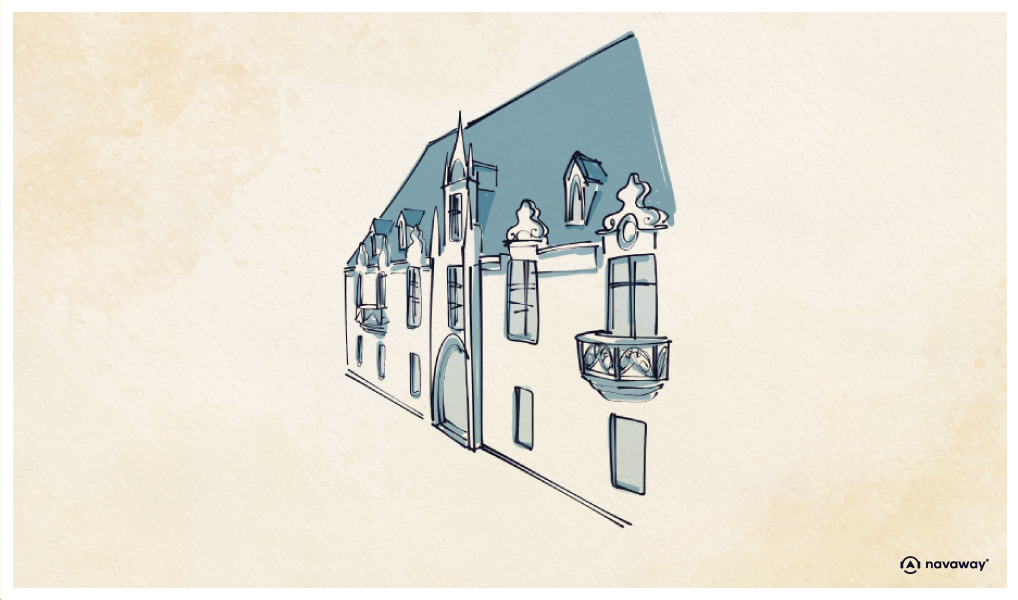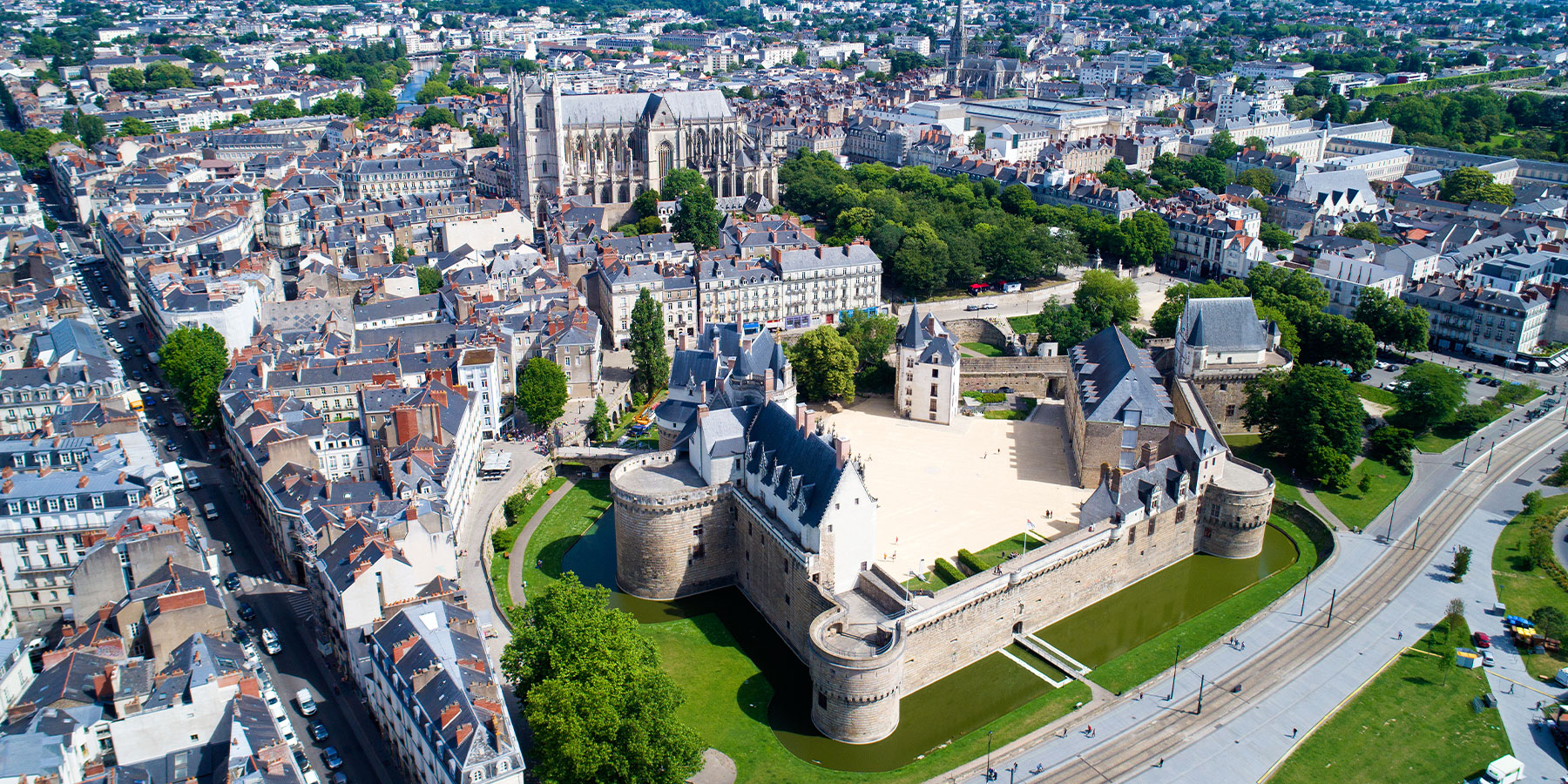
Palace of the Dukes of Lorraine and Lorraine Museum

This point of interest is available as audio on the tour: Visit Nancy, At the Gates of the Ducal City
In the architectural landscape of the Old Town, this beautiful building is formal proof that before Stanislas and his multiple urban transformations, Nancy was already quite grand. A grand ducal city, to be precise. Its history dates back to the medieval era, when Gerard I, the first hereditary Duke of Lorraine, decided to consolidate his territory by establishing a central stronghold. In this early urban complex, the first castle appeared just a few meters from what is now Place Stanislas. However, as the city expanded, this castle became increasingly inadequate for the seat of power, leading to its replacement by a new construction around 1500, commissioned by Duke Ferry III. Located further east of the fortified core, at the very spot where you’re standing now, this second castle is the precursor to the current palace. During the Battle of Nancy in 1477, between René II, Duke of Lorraine, and Charles the Bold, Duke of Burgundy, the ducal residence was heavily damaged, even collapsing in some areas. Without hesitation, René II dismantled it and commissioned a third ducal palace, built in the Renaissance style of the time. It is considered today the oldest Renaissance palace in France. Completed in 1512, during the reign of his son, Duke Antoine I, the palace features a statue of Antoine I, mounted on horseback, above the next entrance door to your left. Protected by a grand triangular pediment, this work draws heavy inspiration from the gatehouse of the Château de Blois. From the Renaissance to the Classical period, the palace served as the primary residence of the Dukes of Lorraine, until Leopold I moved to the Château of Lunéville following the War of Spanish Succession, which saw Louis XIV once again occupy the duchies. While Stanislas Leszczynski left a remarkable legacy in the revitalization of Nancy with his many grand construction projects, the palace wasn’t his priority. The former Polish king donated it to the municipality, which struggled to maintain such a large and substantial building. After the Revolution, the palace suffered destruction, vandalism, and the desecration of ducal tombs. Despite this, it was preserved for its military and religious functions. In 1848, following a renewed interest in historical monuments and the heritage of the former duchy, the palace came back into focus. It was at that time that the Lorraine Museum was created and moved into the palace. In 1871, a fire destroyed several pieces from its collection. It has been restored multiple times to bring back its former splendor, and a major renovation project began in 2010 to improve the museum experience. It is scheduled to reopen in 2027, with modernized spaces and an enriched presentation of its major collections. So you’ll have to wait a little longer to discover its historical and artistic works, which retrace the history of Nancy from prehistory to the modern era, including the glorious period of the Dukes of Lorraine.


Discover Nancy with app
An interactive guide through the most beautiful streets, squares, and districts
27 fun audioguides full of historical facts, anecdotes, and legends





Comments